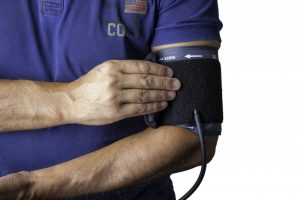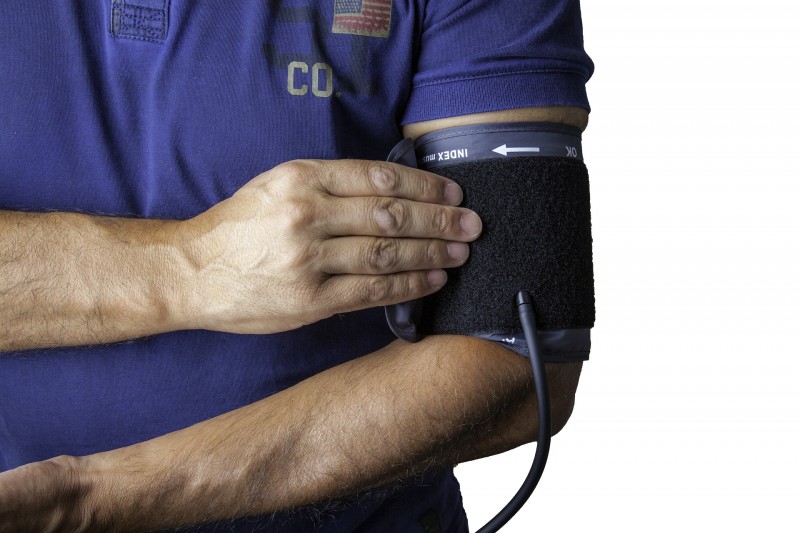It is very important to check yourself, with or without a stroke in your medical history.
“I suffered a cerebral venous thrombosis in 2011 (I was 34 years old)…I was a journalist, editor of a weekly magazine…I did not have the time nor patience to practice sport…In addition to stress and sedentary lifestyle, also the use of oral contraceptives contributed – in the opinion of doctors – to my stroke” (Female stroke survivor in 2011, Portugal)

Image: pixabay.com
After a person survives a stroke, no matter how severe or mild, he/she will be a stroke survivor for the rest of the life. That does not mean that the fight is over. Nor does it mean that the only thing left to do is go to rehabilitation centres and stick to your prescribed treatment. It means regular visits to the doctor to make sure the rest of your body is functioning properly, so stroke does not reoccur.
Approximately 15% of stroke survivors experience another stroke within 6 months after the initial one and in most cases it is much more severe. What happens to stroke survivors after hospital discharge?
The state of one’s health changes daily and what was prescribed immediately following a stroke is not necessarily appropriate after a certain period. This is why stroke survivors need to monitor their health and progress weekly, if not daily, with their local physician. So apart from the daily routine of checking one’s blood pressure and sticking to the prescribed treatment, a stroke survivor needs not only to visit their local physician on a regular basis, but also their neurologist every six months.
Just like a healthy person needs to check their health every 6 months, so does a stroke survivor. The only difference is that with a healthy person the check-up is done to prevent a disease, and in case of the stroke survivor the major purpose of the regular doctor’s visit is to exclude the possibility of another stroke. Apart from the blood analysis, and blood pressure, the doctor will order a brain scan, to see if there are any dangers of blood clots forming or weaknesses of veins, but also re-evaluate the rehabilitation plan.
Not every stroke survivor rehabilitates to the same extent, or at same pace. Some take longer to regain their health, some take quicker. And some never regain their health in full. Of all the survivors around 60% continue to live independently in their community, while 40% are left dependent. The 6-month assessment visits tell the doctor, and the survivor if the initial treatment plan is working or if it needs adjusting, so that the survivor can get back on his/her feet as soon as possible. And if not, what kind of help can he/she get according to his/her recovery possibilities.





